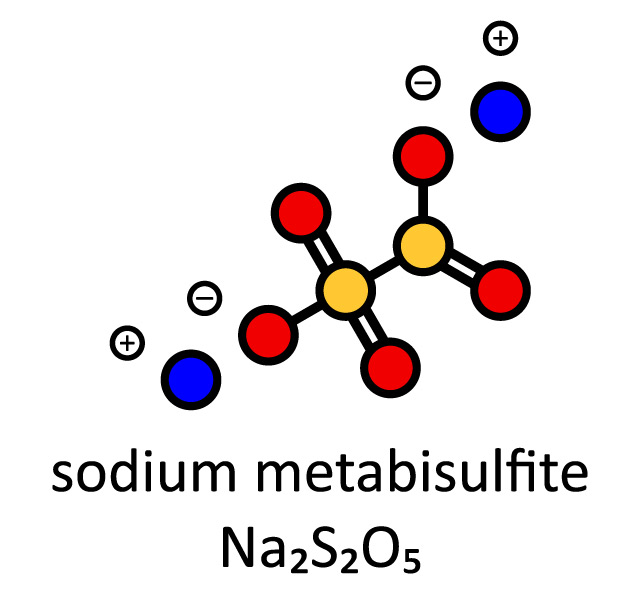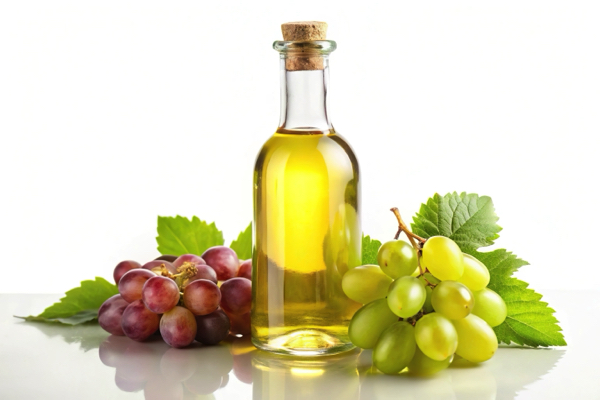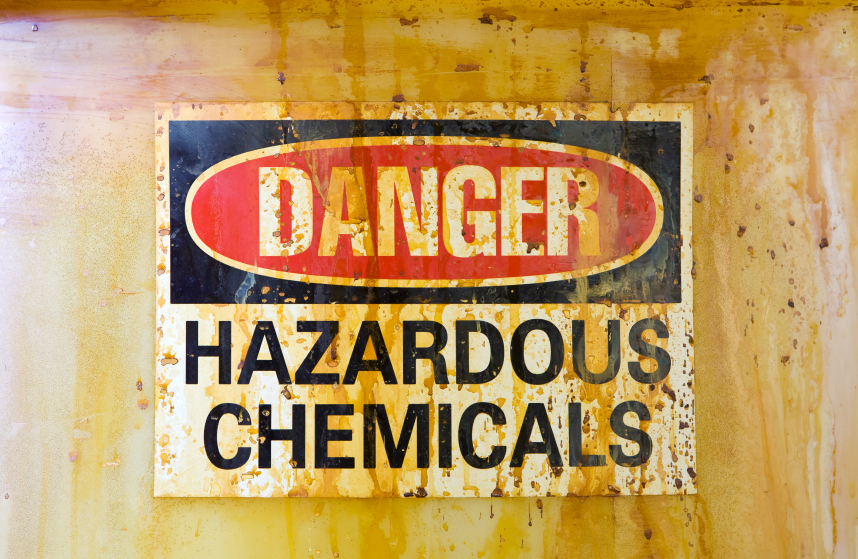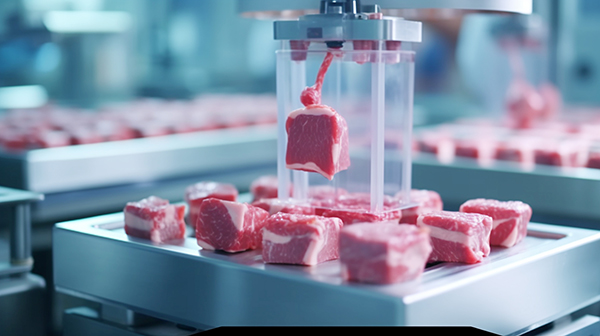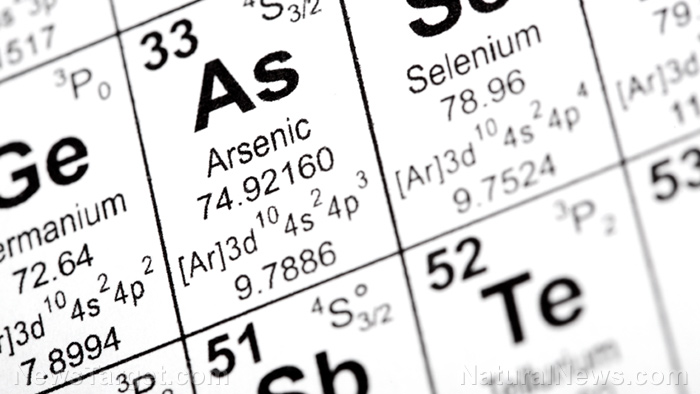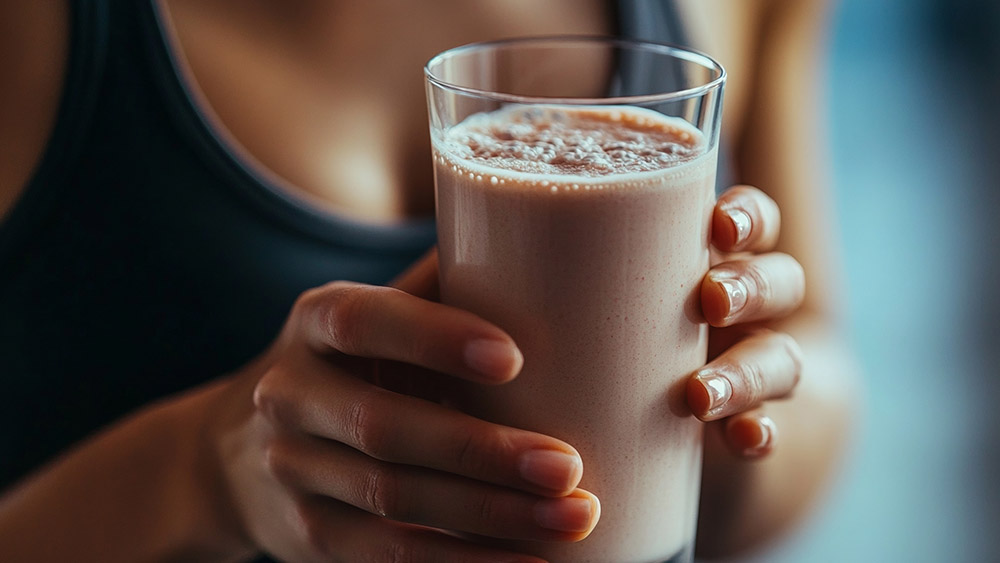Mono- and diglycerides: Dangers of the hidden emulsifier in your food
10/28/2025 / By Laura Harris

- Mono- and diglycerides are industrial emulsifiers made from glycerol and fatty acids. While they occur naturally in trace amounts, the versions used in processed foods are highly refined and chemically altered to improve texture, prevent separation and extend shelf life.
- These additives may be sourced from hydrogenated oils (a source of trans fats) and GMO crops heavily treated with pesticides like glyphosate. They may also contain contaminants, such as heavy metals and synthetic preservatives (BHA, BHT, TBHQ), and contribute to gut inflammation and allergic reactions.
- Unlike whole-food fats, mono- and diglycerides do not provide nutrition or health benefits and may even introduce harmful substances into the body.
- These emulsifiers are found in a wide range of ultra-processed foods, including baked goods, frozen meals, dairy alternatives, spreads, candy and processed meats, often under vague ingredient labels.
- Safer, natural emulsifiers include sunflower or soy lecithin, egg yolks, mustard, honey, maple syrup, xanthan gum, agar-agar and full-fat coconut milk. Avoid mono- and diglycerides altogether and choose organic, whole-food alternatives.
Mono- and diglycerides are emulsifiers – substances that help blend oil and water, preventing separation in processed foods. They are derived from glycerol (a simple alcohol) and fatty acids, making them a type of modified fat. While they occur naturally in small amounts in some foods, the versions used in industrial food production are highly processed, often sourced from hydrogenated oils, soy, cottonseed or animal fats.
These additives are not whole foods. They are isolated, chemically altered compounds designed to extend shelf life, improve texture and maintain consistency in ultra-processed products.
Mono- and diglycerides in food processing
The use of emulsifiers in food dates back to the early 20th century, when the industrialization of food production demanded longer shelf life and more stable textures. Before synthetic emulsifiers, natural options like egg yolks and lecithin (found in eggs and soy) were used.
In the 1930s and 1940s, food scientists developed synthetic and semi-synthetic emulsifiers, including mono- and diglycerides, to meet the growing demand for convenience foods like margarine, ice cream and baked goods. The post-WWII boom in processed foods solidified their place in the food supply, as manufacturers sought cheap, shelf-stable ingredients that could mimic the properties of natural fats.
Today, mono- and diglycerides are ubiquitous in junk food, found in everything from coffee creamers to frozen desserts, often hidden under vague labels like “natural flavors” or “vegetable emulsifiers.”
Unlike whole-food fats (such as coconut oil, butter or olive oil), mono- and diglycerides are not a meaningful source of nutrition. They are purely functional additives, designed to improve texture, prevent spoilage and extend shelf life, not to nourish the body.
While the body can metabolize these modified fats, mono- and diglycerides offer no essential fatty acids, vitamins or minerals. In fact, their highly processed nature may introduce unwanted contaminants to the body.
Common foods with mono- and diglycerides
Mono- and diglycerides are found in many processed foods, particularly in:
- Baked goods like bread, cakes, pastries, cookies and doughnuts
- Dairy and dairy alternatives like ice cream, coffee creamers, whipped toppings, margarine and cheese spreads
- Confectionery like chocolate bars, candies and chewing gum
- Frozen and fast foods like frozen pizzas, microwave meals and instant noodles
- Processed meats like hot dogs, deli meats and sausages (as a fat stabilizer)
- Peanut butter and spreads
- Salad dressings and mayonnaise
- Instant and flavored beverages
Health risks linked to mono- and diglycerides
Source of hydrogenated oils and GMOs
- Many mono- and diglycerides are derived from partially hydrogenated oils (a source of trans fats, linked to heart disease).
- Others come from GMO soy, corn or cottonseed oils, which are heavily sprayed with glyphosate (a known endocrine disruptor).
Contamination with toxins
- Since mono- and diglycerides often come from conventionally grown soy and corn, they may contain glyphosate, atrazine and other agricultural chemicals.
- Industrial processing can introduce lead, arsenic and cadmium, especially if sourced from low-quality oils.
- Some versions contain BHA/BHT (preservatives linked to cancer) or TBHQ (a neurotoxic antioxidant).
Gut health and inflammation
- Emulsifiers like mono- and diglycerides may disrupt gut microbiota, leading to inflammation, leaky gut and metabolic dysfunction.
Allergic reactions and sensitivities
- People with soy or dairy allergies may react if an emulsifier is derived from these sources.
- Some people report bloating, gas or skin reactions after consuming foods with these additives.
Safer alternatives to mono- and diglycerides
Fortunately for people trying to avoid these additives, the following natural emulsifiers work just as well as mono- and diglycerides but without the toxic baggage:
- Lecithin (sunflower or organic soy lecithin) – Found in eggs and sunflower seeds, lecithin is a natural emulsifier that supports brain health.
- Egg yolks – Nature’s perfect emulsifier (used in homemade mayo and dressings).
- Mustard – Contains natural gum-like compounds that bind oil and water (great for salad dressings).
- Honey and maple syrup – Can help stabilize some mixtures.
- Xanthan gum (in moderation) – A fermented sugar-based thickener (better than synthetic options but best used sparingly).
- Agar-agar or Irish moss – Plant-based gelling agents for desserts.
- Coconut milk (full-fat) – Naturally creamy and stabilizing in recipes.
This story is not medical advice and is not intended to treat or cure any disease. Always consult with a qualified naturopathic physician for personalized advice about your specific health situation or concern.
Read more articles about the health benefits of superfoods and other natural ingredients at NaturalNews.com, your trusted source for wellness insights and nutritional knowledge.
For cutting-edge tools to expand your understanding of natural health, try BrightU.ai, an innovative AI model created by Mike Adams, the Health Ranger. This free, downloadable tool is designed to decentralize knowledge, bypass censorship, and empower individuals with actionable information.
If you’re passionate about nutrition, natural medicine, and uncensored discussions, visit Brighteon.com, a free speech video platform, and join our vibrant communities on Brighteon.IO and Brighteon.social. Dive into open conversations about food, ingredients and holistic health today!
Watch the following video about the impact of processed foods and emulsifiers on gut health.
This video is from the Daily Videos channel on Brighteon.com.
Sources include:
Submit a correction >>
Tagged Under:
clean food watch, Dangerous, diglycerides, emulsifiers, food science, food supply, grocery, health science, modified fats, monoglycerides, poison, products, stop eating poison, toxic chemicals, toxic ingredients
This article may contain statements that reflect the opinion of the author
RECENT NEWS & ARTICLES
COPYRIGHT © 2017 POISON NEWS

